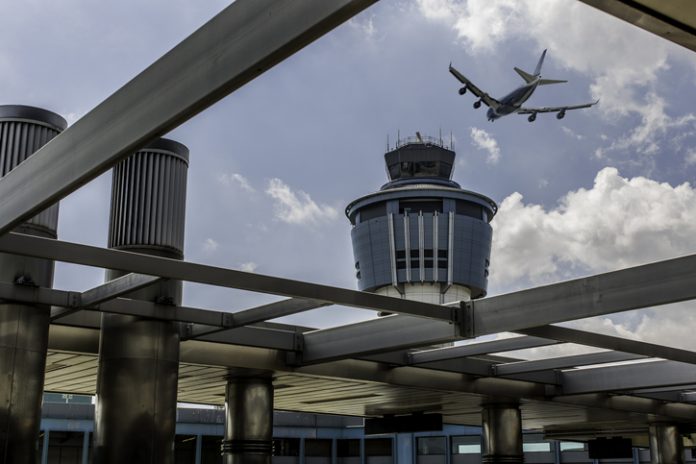WASHINGTON, D.C.—The decline in the United States’ share of the international travel market is set to continue until at least 2022, according to the latest forecast figures from the U.S. Travel Association.
The country’s global long-haul travel market share has been on a four-year slide since its previous high of 13.7 percent in 2015, falling to 11.7 percent in 2018. This market-share drop is now forecast to continue, dipping under 11 percent in 2022—the latest out-year in the U.S. Travel forecast.
U.S. Travel estimates that the four-year decline in market share represents a loss of 14 million international visitors, $59 billion in international traveler spending, and 120,000 U.S. jobs. Between now and 2022, an additional 41 million visitors, $180 billion in international traveler spending, and 266,000 jobs could be lost, according to the association’s forecast.
According to U.S. Travel economists, several factors are behind the latest international inbound forecast, foremost among them the continued, historic strength of the U.S. dollar, which makes traveling here from other countries much more expensive. Other factors include ongoing trade tensions, which materially dampen the demand for travel, and stiff competition from rivals for international tourism dollars.
“Everyone is wondering how much longer the U.S. economic expansion can go on, and shoring up our international travel market share would be a great way to help it continue,” said Tori Barnes, U.S. Travel Association executive vice president of public affairs and policy. “There are some tools in the policy toolbox that will help fix it, and we’re not talking about huge taxpayer-funded spending outlays. Passing legislation to renew Brand USA is the most immediate move to help correct this problem, and we hope this shows Congress the urgency of getting that done this year.”
Brand USA, the organization tasked with promoting the U.S. globally as a travel destination, is up for renewal via bills that have been introduced in both the U.S. House and Senate. The organization was authorized by Congress a decade ago as an answer to the tourism marketing campaigns by countries that compete with the United States for travel market share. The program is funded by a fee on certain international visitors to the United States, plus contributions from the private sector.
There are some other policy moves to help address the market-share problem, Barnes said, such as: renaming and expanding the Visa Waiver Program; expanding Customs’ Global Entry program; and focusing on lowering both Customs entry wait times and visa processing wait times, especially in markets such as China.
“Most Americans believe the United States should be the world leader in everything—and with all the incredible things you can see and do in every corner of this country, that is especially true of international tourism,” said Barnes. “But reclaiming our market share is not just a matter of pride—it is economically vital, and can help sustain our GDP expansion when we’re seeing some other headwinds on the horizon. Recapturing our market share should, by all rights, be a national priority.”











